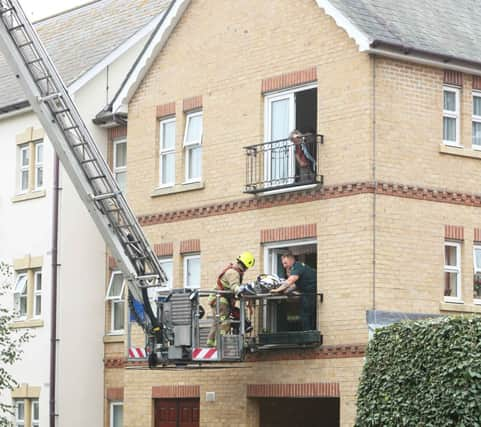False alarms and hoax calls rack up £1million bill


Figures obtained from a Freedom Information Request showed that West Sussex Fire and Rescue Service were called to an average of 9.6 alarms per day from the period between September 1 last year to August 31, a total of 3,521 calls.
The service would not give the actual cost of the calls but other services estimated that each call-out costs £300 based on a five-person crew.
Advertisement
Hide AdAdvertisement
Hide AdSarah Smyth, spokesperson for the fire and rescue service, said: “When we attend a false alarm the incident commander will always try and find out how it happened and what we can do to prevent it from happening in the future.
“Most false alarms happen in non-domestic premises so we work closely with owners and managers to ensure that they have the right management system in place to reduce the number of automated fire alarms.
“Over recent years, the number of false alarms we have attended has been falling and last year we reduced the number we attended at non-domestic premises by ten per cent.”
Another problem that the service faces is the number of hoax calls received.
Advertisement
Hide AdAdvertisement
Hide AdLast year, crews attended 103 malicious or hoax calls while there were 116 more that were not attended.
Ms Smyth said: “Hoax calls are illegal and waste valuable time and resources.
“We believe that helping people to understand the potential consequences of making hoax calls is the key to preventing them.
“We work hard to educate young people on the dangers of making hoax calls through our programme of school visits and intervention initiatives.
“This approach is continuing to prove effective.”
The service attended 26 chip pan fires, 221 chimney fires and 120 animal rescues last year with an average attendance time of eight minutes and 57 seconds.